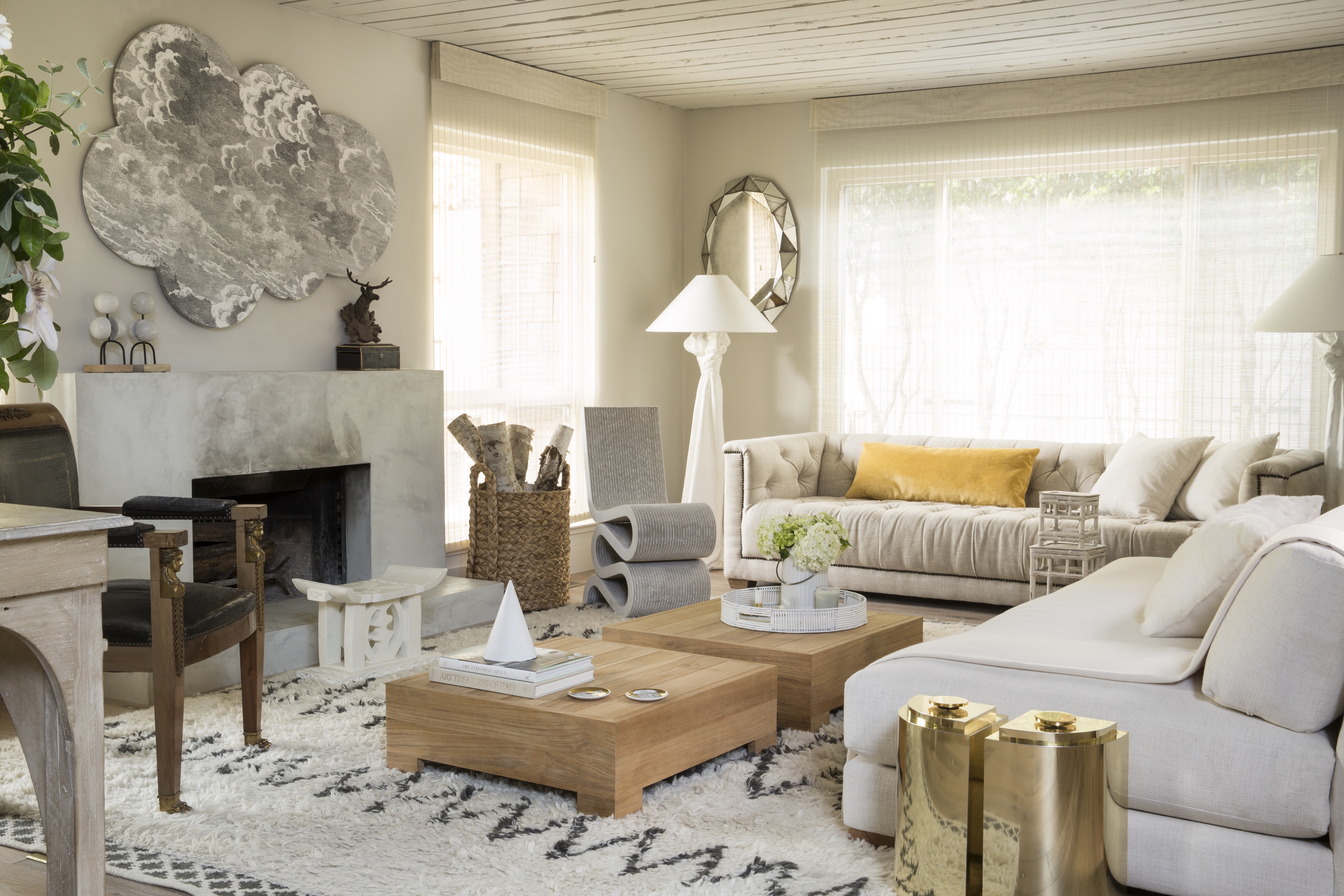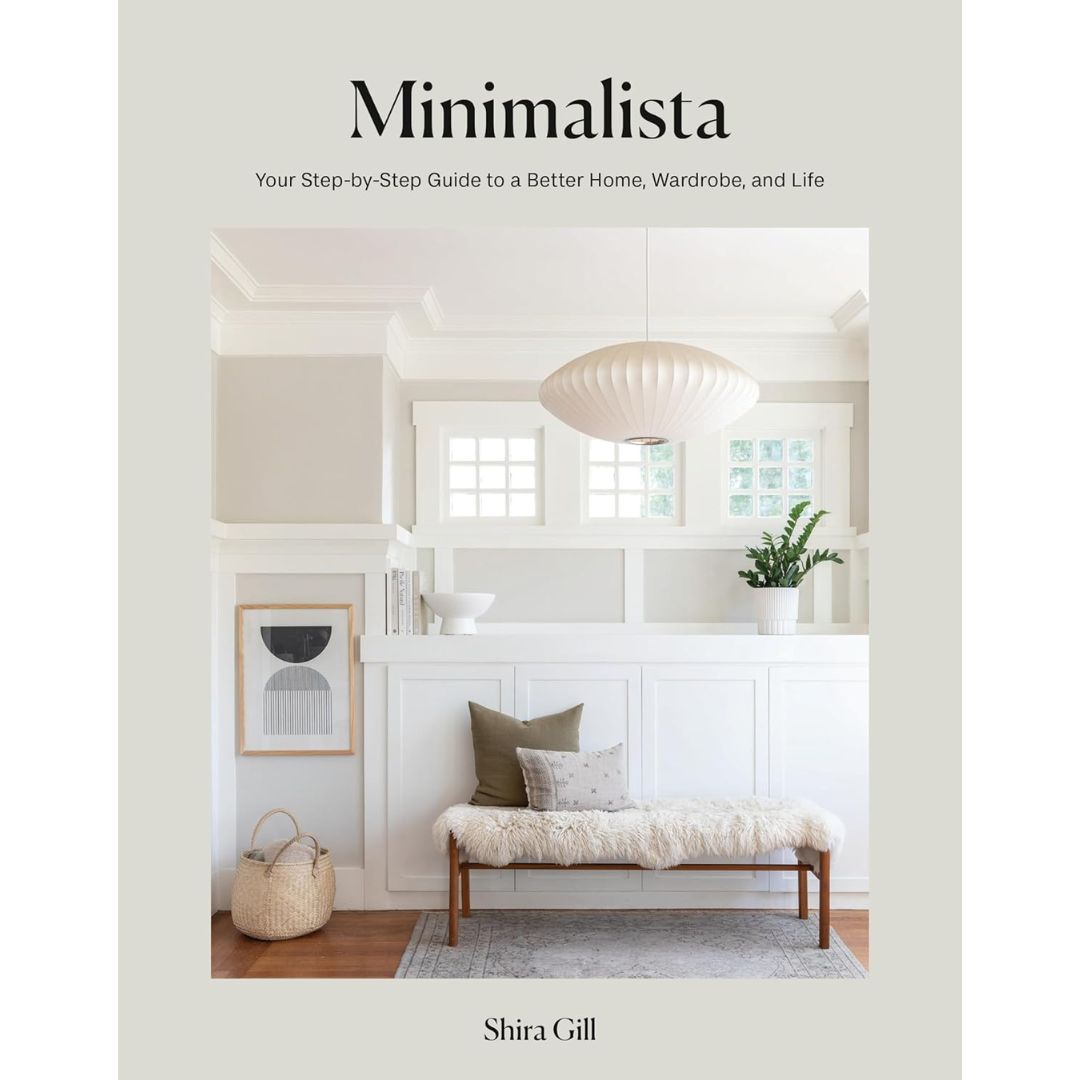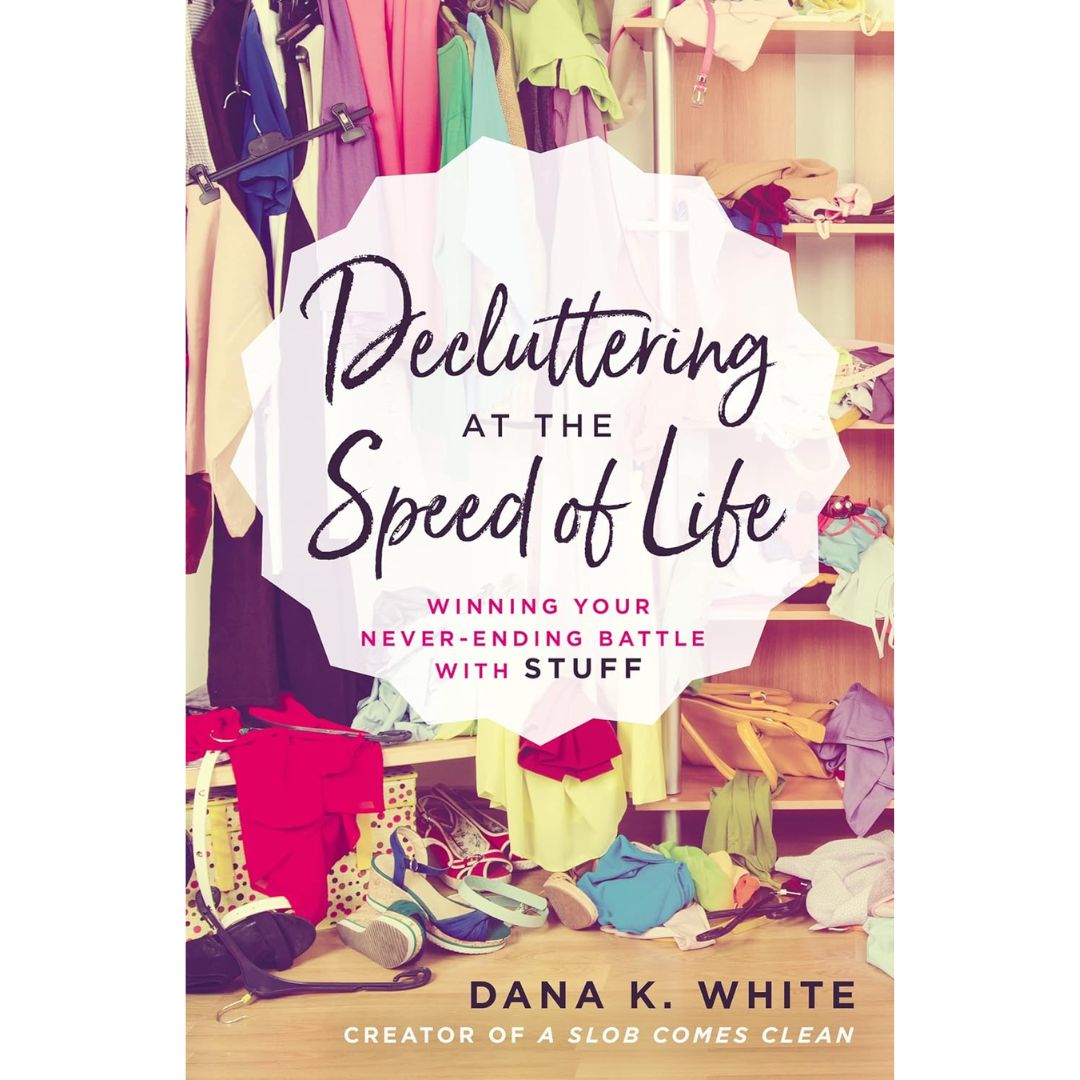What is 'Non-Attachment Theory'? How to Use This Idea to Declutter Your Home for Good
When seeking to declutter your home this time around, try thinking into the ‘stuff behind the stuff’


Everyone in life has “stuff”: the clothes on your back, the pile of books by your bed, the extra drawer or cupboard where you shamefully cram your clutter before relatives come over. It’s a near inevitability to accumulate items as the months pass, entering different phases of your life, being tempted by good deals, or feeling reluctant to let go of your third charging cable in case your others break.
With so much stuff, it may at times feel all-consuming or as though your life is being ruled by what’s around you. This doesn’t have to be your fear or reality any longer, as the lessons of non-attachment can help guide you to evaluate the relationships you hold towards material things.
We spoke to experts in the fields of minimalism, organizing, and essentialism to introduce you to the framework of ‘non-attachment theory’ as a way of decluttering your home. Especially for those prone to sentimentality, attaching sentiment to everything in their home, this theory could be exactly what’s needed as a starting point for downsizing possessions. Read on to see if it’s for you.
What is ‘non-attachment theory’?

As the term suggests in ‘non-attachment’ a person seeks to examine the sense of attachment that they hold towards something. Then, after taking time to reflect, a person is encouraged to decide whether that something – an item, a friendship, an event in their calendar – is something truly needed. Does it add value to their life, or is it a toxic relationship, an outing you said ‘yes’ to out of seeming obligation, or a shirt you never reach for?
The aim behind the theory is to help a person create a life filled with abundance, but not the kind that stems from quantity. It’s about having around you only what matters and what is needed, without the need for surplus consumption or use of energy.
This theory applies well to personal possessions, decluttering and minimalism, so long as a person is clear on their “why”: why do you want to declutter, and why do you believe you hold the attachments you have towards material things.
‘People can feel an attachment to possessions for so many reasons: they can reflect identity, trigger emotions, lend comfort in loneliness and boost confidence, among other things,’ says Kim Corey, Founder of Finely Sorted Organizing. ‘It’s important to have a clear sense of your life mission, your WHY, when embarking on decluttering or evaluating how you feel about items, and it’s important to do so when you’re in a good, calm head space in order to make fully-conscious decisions.’
The Livingetc newsletters are your inside source for what’s shaping interiors now - and what’s next. Discover trend forecasts, smart style ideas, and curated shopping inspiration that brings design to life. Subscribe today and stay ahead of the curve.
Decluttering books experts love
How do I begin evaluating my items?

What ‘matters’ is, of course, relative and largely subjective. The seven coffee mugs in your cabinet may all genuinely matter to you and be of use, but for someone else they just take up space.
When discussing essentialism with professional organizer, Andrew Mellen, we delved into how the majority of items in the world aren’t things a person needs, but that there’s value in the fact particular things make a person feel good.
‘The art hanging on the walls in my home provides a qualitative improvement to my life,’ says Andrew. ‘It isn’t functional and a ‘need’ in the way that I can’t open a can with it, but it does serve a purpose. I like having it around me, even though I could obviously live my life and continue to have a meaningful existence without it.’
Going through every item in your home individually, sorting them into categories of “like-items” (e.g - kitchenalia, coats, book organization) is the best place to start, as it ensures a person gets to see how many of the same (or similar) items they already own.
Barbara Tanaka, Strategic Interior Design Advisor at Real Estate Bees, further suggests starting your evaluation process in areas of the home where less sentiment is likely to be found. ‘I know firsthand as a professional organizer that not everyone has an easy time with decluttering due to different upbringings and backgrounds,’ says Barbara. ‘Start with kitchen drawers, where items are less likely to be expensive or emotionally significant. Then, move on to other areas of your home.’
Kim recommends keeping a cardboard box around to contain your ‘maybe’ items: the items you’re thinking of discarding yet for some reason or other create friction in your brain. After a month or so, if you haven’t needed the item in the box, it will be easier to let go. ‘Making a pending, waiting, or maybe box to put things you are not yet ready to let go of can be useful and a far better alternative to letting items go when you aren’t ready,’ says Kim.
What are the benefits of decluttering through non-attachment?
When a person takes the time to do inner work and evaluate what they want from their home, lifestyle and possessions before embarking on decluttering, they begin the process in a forward-thinking mindset. It isn’t just about the goal of getting rid of things, it’s about the bigger picture and maintaining their desired result, long term.
‘When a person organizes and declutters their home, it becomes easier to do the same with their thoughts, schedules, and routines,’ says Di Ter Avest, Professional Organizer of Di Is Organized. ‘Living in a space with only what you use, need, and love can create a more serene and efficient environment that leads to an overall healthier lifestyle.’
Andrew adds: ‘If we’re considerate in evaluating what stays and goes, we should have the things that serve us so we don’t feel a lack and, in turn, a need to consume more. We didn’t get rid of more than we should. We have enough, whatever that looks or feels like for an individual.’
Amid your decluttering journey, the sense of individuality should remain at core. Your version of enough is enough, not what an aesthetic says or what someone else has. Don’t declutter sentimental items in the name of “minimalism”, but instead go deeper into what Andrew calls the ‘stuff behind the stuff’: explore an object and its story. If that item really matters to you, nothing and no one says you must let it go right now, or ever.
‘I have some sentimental items I hold onto, which is completely normal,’ says Di. ‘The trick is I limit the space they can take up by only keeping what can fit into one box. That way, I can edit and be more conscious of the items that hold sentimental value in my life without holding onto what I feel is too much for me.’
Wherever you start, start small and keep track of your “why”. All the best for your journey ahead.

Ciéra is a writer and regional laureate with particular passions for art, design, philosophy and poetry. As well as contributing to Livingetc, she's an Editorial Assistant for Design Anthology UK and a contributing writer for magazines including Homes & Gardens, Apartment Therapy, Ideal Home, House Beautiful, Gardening Know How, The Sun, and Fabulous. Previous commendations of hers include being Highly Commended by The Royal Society of Literature and receiving a prestigious MA Magazine Journalism scholarship to City, University of London.





